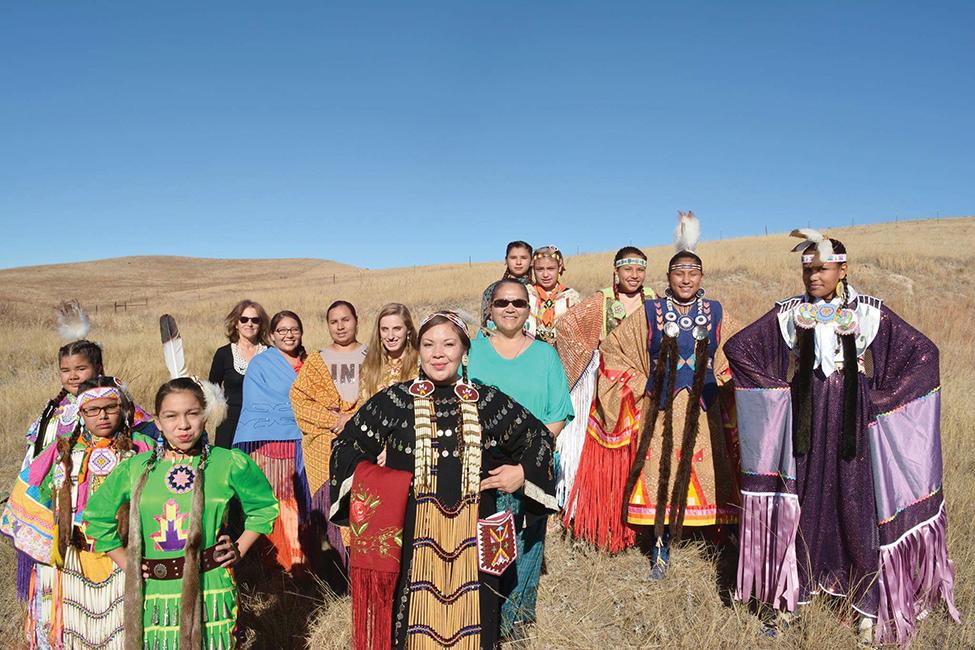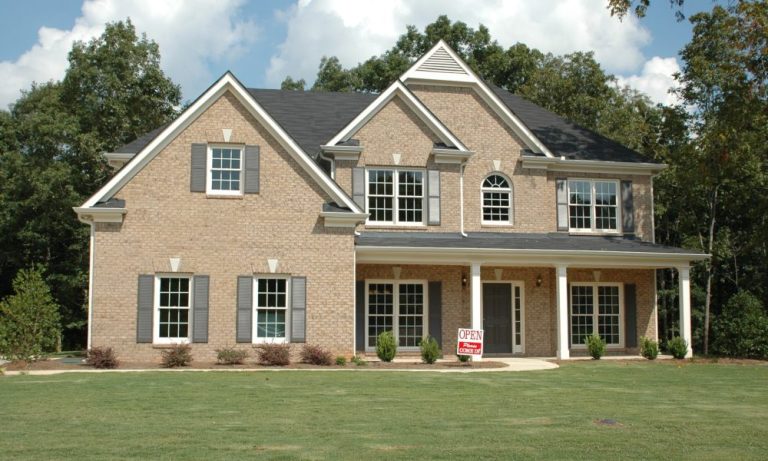
The Oglala Lakota people maintain a strong cultural identity and a deep attachment to their ancestral territory despite the difficulty of poverty and unemployment. Unfortunately, the absence of youth programming and educational opportunities on the reserve has worsened these persistent issues. Many issues, such as poverty, sickness, and high unemployment rates of about 80%, affect the Pine Ridge Reservation. As a result, education and youth programs are being more recognized for their crucial contribution to the success and welfare of the Oglala Lakota people.
Education as a Pathway to Economic Success
Poverty is a significant challenge for the Oglala Lakota people. The median household income on the Pine Ridge Reservation is just over $23,000 per year, which is less than half the national average. Education is widely recognized as a critical way to break the cycle of poverty. Access to quality education and youth programs can equip the younger generation on the reservation with the skills and knowledge needed to succeed in the workforce. This, in turn, can lead to a reduction in poverty and an overall improvement in the community’s economic well-being.
Education as a Means of Cultural Preservation
Education is crucial for economic success and plays a significant role in preserving the rich cultural heritage of the Oglala Lakota people. Currently, the high school graduation rate on the Pine Ridge Reservation stands at only 48%. However, initiatives like the Lakota Language Nest and the Lakota Summer Institute are underway to improve this. This is particularly important given the ongoing threat of cultural assimilation faced by many Native American communities. By providing access to culturally relevant education, youth on Pine Ridge can develop a deeper understanding of their heritage and a stronger sense of identity.
Youth Programs as a Means of Addressing Social Issues
The Reservation faces various social issues, including drug and alcohol abuse, domestic violence, and high rates of suicide. Youth programs can play a critical role in addressing these challenges. By providing safe spaces for young people to gather, learn, and engage in positive activities, youth programs can help to reduce the risk of substance abuse and other destructive behaviors. They can also provide opportunities for youth to build relationships with positive role models and develop the skills they need to become leaders in their community.
Youth Programs as a Means of Empowerment
Youth programs can also be empowering for young people. By providing opportunities for youth to take on leadership roles, develop new skills, and engage in meaningful community service projects, youth programs can help to build self-confidence and self-esteem. This, in turn, can help to reduce feelings of hopelessness and despair that can contribute to mental health challenges and substance abuse.
Education and Youth Programs as a Means of Strengthening Community
Finally, education and youth programs are critical to the strength and resilience of the Pine Ridge community. These programs can build a sense of connection and belonging by providing opportunities for young people to learn, grow, and contribute to their community. This can help reduce social isolation and strengthen social ties. It can also create a sense of shared purpose and collective action, which is critical for addressing the Reservation’s complex challenges.
Conclusion
In conclusion, education and youth programs on Pine Ridge must be balanced. These programs are critical to the economic success, cultural preservation, and well-being of the Oglala Lakota people. Providing access to quality education, culturally relevant curriculum, and positive youth programming.




